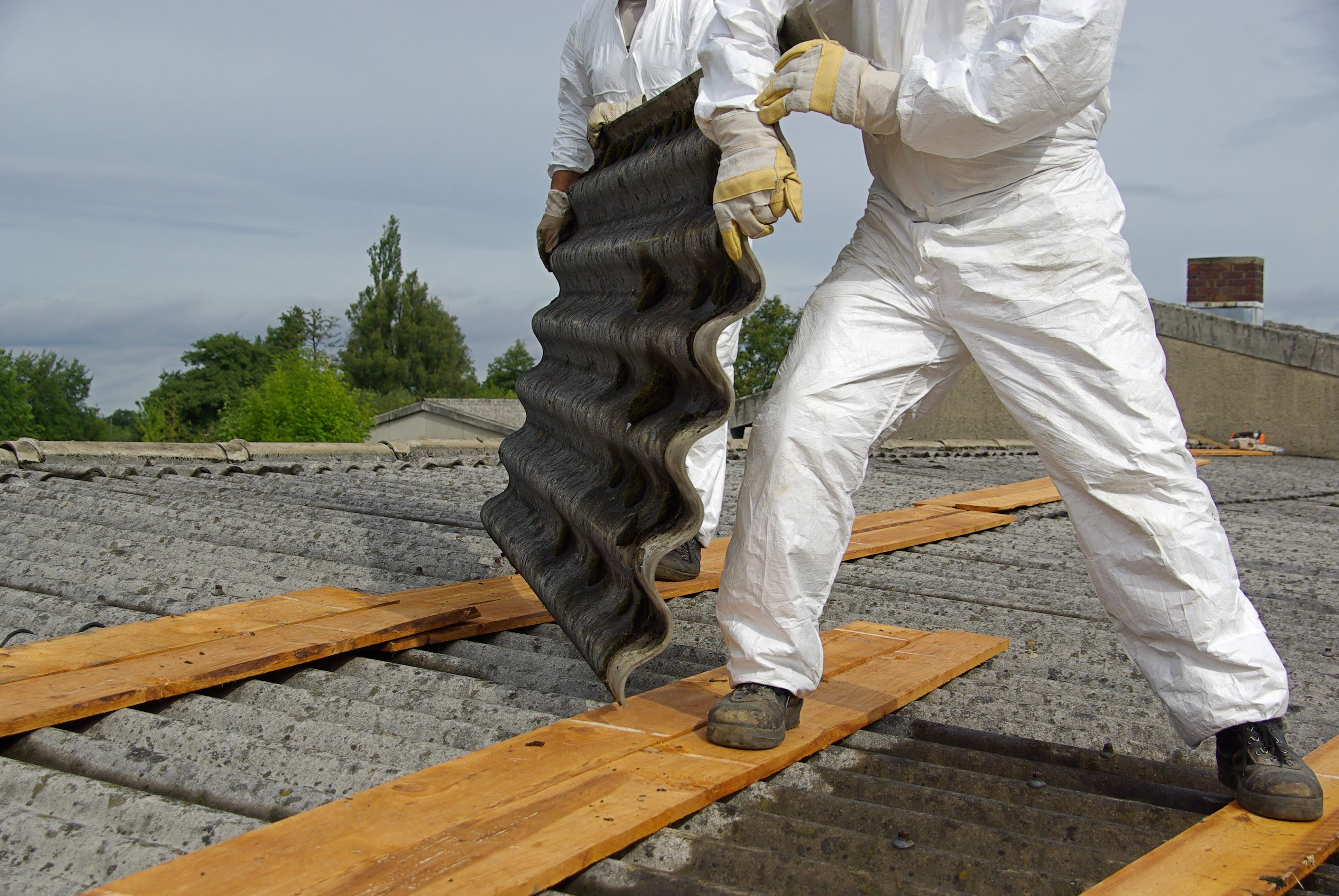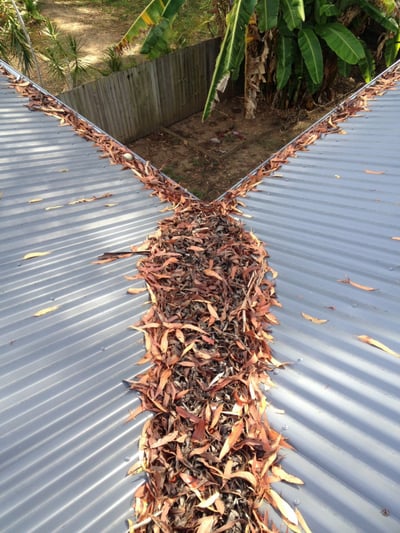
Hi Everyone!
Our next two blog posts will deal with some common roofing problems affect your old roof in Australia! In this blog we’ll be covering:
- Animals (or pests)
- Asbestos
- Blockages
- Downpipes
Read on for some handy information on how these issues effect your roof and your home and some potential solutions that you can implement to minimise the problems!
ANIMALS
Watch the short slide-share video below to learn more about how to deal with the four most common pests you'll find in your roof:
1. Mice
2. Rats
2. Snakes
3. Possums
ASBESTOS
What is asbestos?
Asbestos is a naturally occurring silicate mineral, which was mined and manufactured for use in the building industry for its desirable physical properties, before the associated health hazards of its dust resulted in the prohibition of its use in most countries.

What are the risks?
Inhaled asbestos bres can lodge in the airways, lungs or stomach and increase the chances of developing asbestosis, (scarring of lung tissue) mesothelioma or lung cancer. What you should keep in mind however, is that most products used in construction only contain 10-15% asbestos bres and if left undisturbed, pose no immediate danger to you and your family. It’s only when asbestos products are mishandled, broken or disturbed that hazardous bres are released and the risk of exposure increases.
What do I do if my roof is asbestos?
If in good condition and left untouched, asbestos roofs pose a low risk to homeowners and neighbours and can be left in place until they are no longer watertight. Over time however, asbestos cement roofs will deteriorate and leaks may develop. It might be tempting to simply repair the roof, however VPR recommends that any activity that increases the risk of exposure should be avoided and a full asbestos roof removal and replacement should be carried out by specialised asbestos removalists is the best option for peace of mind and safety of all involved.
If it’s time to remove your asbestos roof, you might find our asbestos video blog useful. Luke discusses a few things to look out for when subcontracting a roofing company to replace your asbestos roof!
BLOCKAGES & DOWNPIPES
If you’ve got water pouring over your gutters or, even worse, rust build up from pooling water or signs of water damage on your ceiling, it’s likely you’ve got blocked downpipes or gutters. While even the most secure and sturdy roofs might be susceptible to water ingress during a typical Queensland thunderstorm or rain event, you can almost be certain that you’ve got a blockage if you have overflow issues during a short downpour. Fortunately, blockages are fairly simply to diagnose and rectify. Once having done so however, it might be worth your time investing in some of the products designed for prevention mentioned below:

Guttering
Gutters are typically blocked by leaf litter and debris build up, so it’s important to perform regular cleaning and maintenance to ensure a clear flow from roof to downpipe. VPR recommends checking and clearing the gutters at least every 6 months (more frequently if you live in a densely treed area). Depending on access and difficulty, you might be able to do this yourself, or if access and time are tight and the budget allows - there are many roof maintenance companies that can take the hassle out of the job for you.
Obviously the best way to prevent debris build up and reduce ongoing maintenance is to install gutter guard. A variety of gutter guard products are available, but all are designed to stop leaves and other debris from entering your gutter before they become a problem. Have a look at our video blog on gutter guard for some more information and VPR’s top recommendation regarding products on the market.

Downpipes
When it comes to blockages in your downpipes, it’s the same story as guttering – leaves are generally the main culprit. Typically, leaves and debris get caught and build up in the swan neck (top bend in downpipe connecting to gutter) and shoe (bottom bend). If you suspect a blockage, you can fairly easily remove these sections to clean out. While disconnected it might be worth sticking a hose down the downpipe to ensure there are no blockages in the pipe itself. Once reconnected, consider some preventative measures that will negate the need for regular maintenance. If you aren’t able to install gutter guard (which would take care of the downpipes inclusively), then it might be worth looking at some of the mesh products on the market designed to be installed at the top of the downpipe where it connects to the gutter.
You can also check out our more detailed blog on How to Unclog a Downpipe
We hope you found the information in this blog useful!
If you'd like any further information on any of the issues above, or would like to discuss other roofing concerns, please don't hesitate to give us a call and have a chat with one of our friendly roofing experts!
1800 476 634
You can also request a complimentary roof inspection and quote by clicking this link:
---> NEXT: COMMON ROOFING ISSUES 2: Galvanic Corrosion, Leaks, Mould & Watermarks
Updated 4th Jan 2020

